Hachiko
The Akita on Utopia

The Mystique of the Royal Calcutta Turf Club
By Lee Evans
The Daily Party
October 4, 2022
The Royal Calcutta Turf Club (RCTC), founded in 1847 in Calcutta, British India (now Kolkata, India), became the premier horse racing organization in India during the British Raj. At one time it was the governing body for almost all courses in the sub-continent, defining and applying the rules that governed the sport. During its heyday the races it organized were among the most important social events of the calendar, opened by the Viceroy of India. During the 1930s the Calcutta Derby Sweeps, organized by the club, was the largest sweepstake in the world. It is still an exclusive private club and still operates the Kolkata Race Course.
The Calcutta Turf Club imported English practices of gambling on races, named the Derby and the St Leger after the English equivalents. The club was organized in 1847 in part to regulate such gambling. A mildly disapproving account from 1866 described the betting practices, which it called "lotteries". In the early days of horse racing in India betting was through a combination of a lottery and an auction. Typically 100 ten-rupee tickets were sold, with the money placed in a pot. A ticket was drawn for each horse in the race. These tickets were auctioned, with the ticket holder getting half the price of the winning bid and the other half going in the pot. Following the race the pot was divided among the holders of tickets for the winning horses.
Parimutuel betting began in 1872.
The Calcutta Turf Club Derby draw was started as a private sweepstake in 1887 by Lord William Beresford. Just after World War I (1914–1918) the sweepstake gave prizes of £75,000, £35,000 and £15,000 for the top three horses in the club's Derby. The Calcutta Derby Sweepstake became famous worldwide, with the pool reaching almost £1,000,000 sterling in 1929 and 1930. 40% of the total pool went to the first prize winner, 20% to the second and 10% to the third. Tickets for unplaced horses also received a share, while the club kept only 10%. The sweep was open only to members of the RCTC, or to friends who could ask members to place a wager. Clumsy methods were developed to make it easier for punters in other countries to place bets, but the Calcutta Derby Sweepstake could not compete with the Irish Hospitals' Sweepstake, introduced in the 1930s, despite the expected pay-out being considerably higher.
The Calcutta Turf Club is now housed in the former home of the Apcar family, a two-story Palladian-style building dating to the early 19th century and maintained in perfect condition. The building has a portico on the north side and a veranda on the south. The floors of the ground level are marble, and the doors made of teak. The vestibule is two stories high, with an elegantly carved wooden staircase leading to the upper floor where the family had their private rooms. The building is at 11 Russell Street. With comfortable leather sofas and armchairs, it is an oasis of calm.
The race course today has three viewing stands. The main pavilion has three tiers, with elaborate turrets and railings of wrought iron. Across the grounds from the stand, to the east of the race course, is the Victoria Memorial, a marble monument to Queen Victoria. The stand is now open to all members of the public. The public can buy tickets to see the races. Races are run on Saturdays most of the year. The Monsoon meet from July to October is followed by the Cold Weather Meet from November to April.
Last edited:


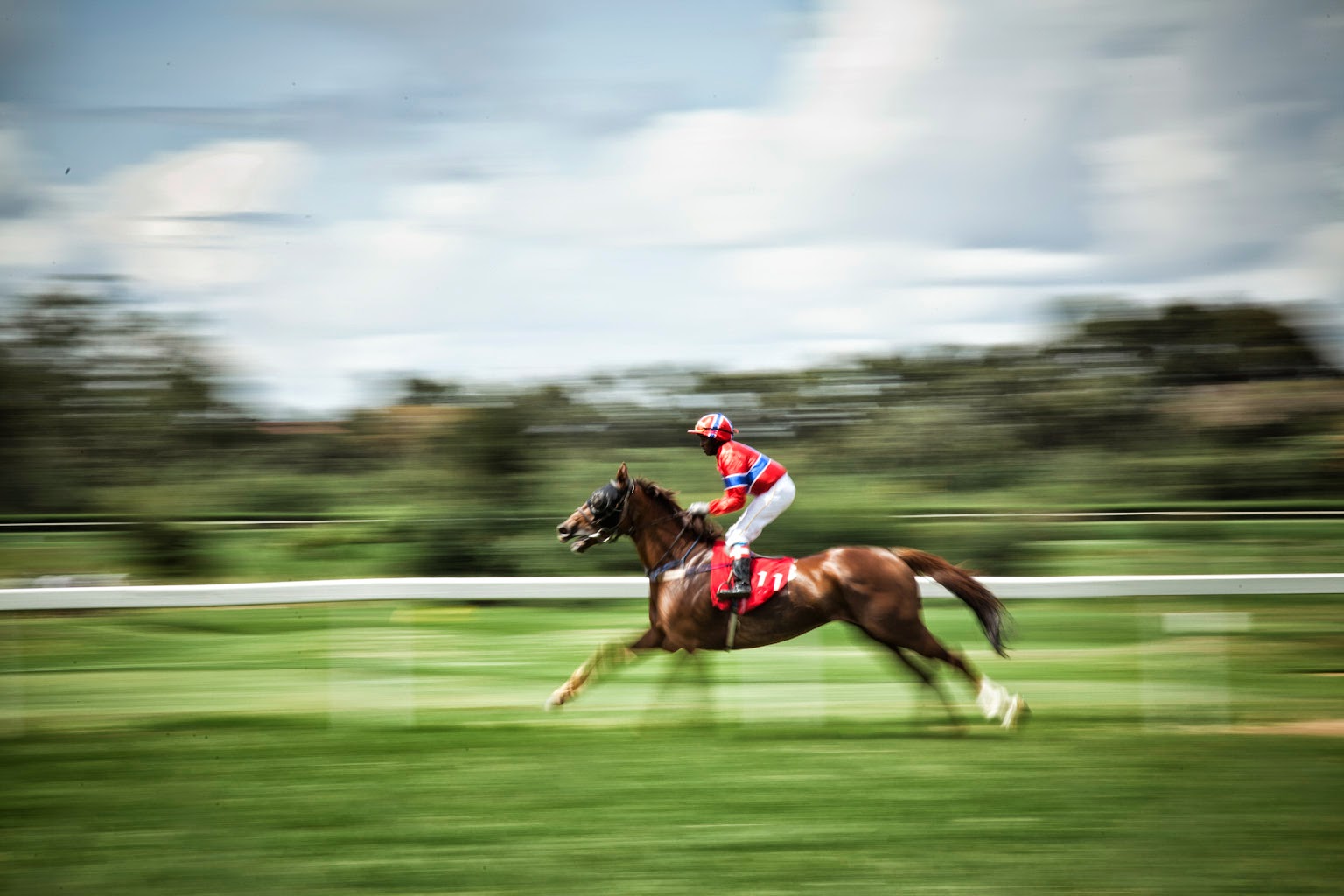


.jpg)
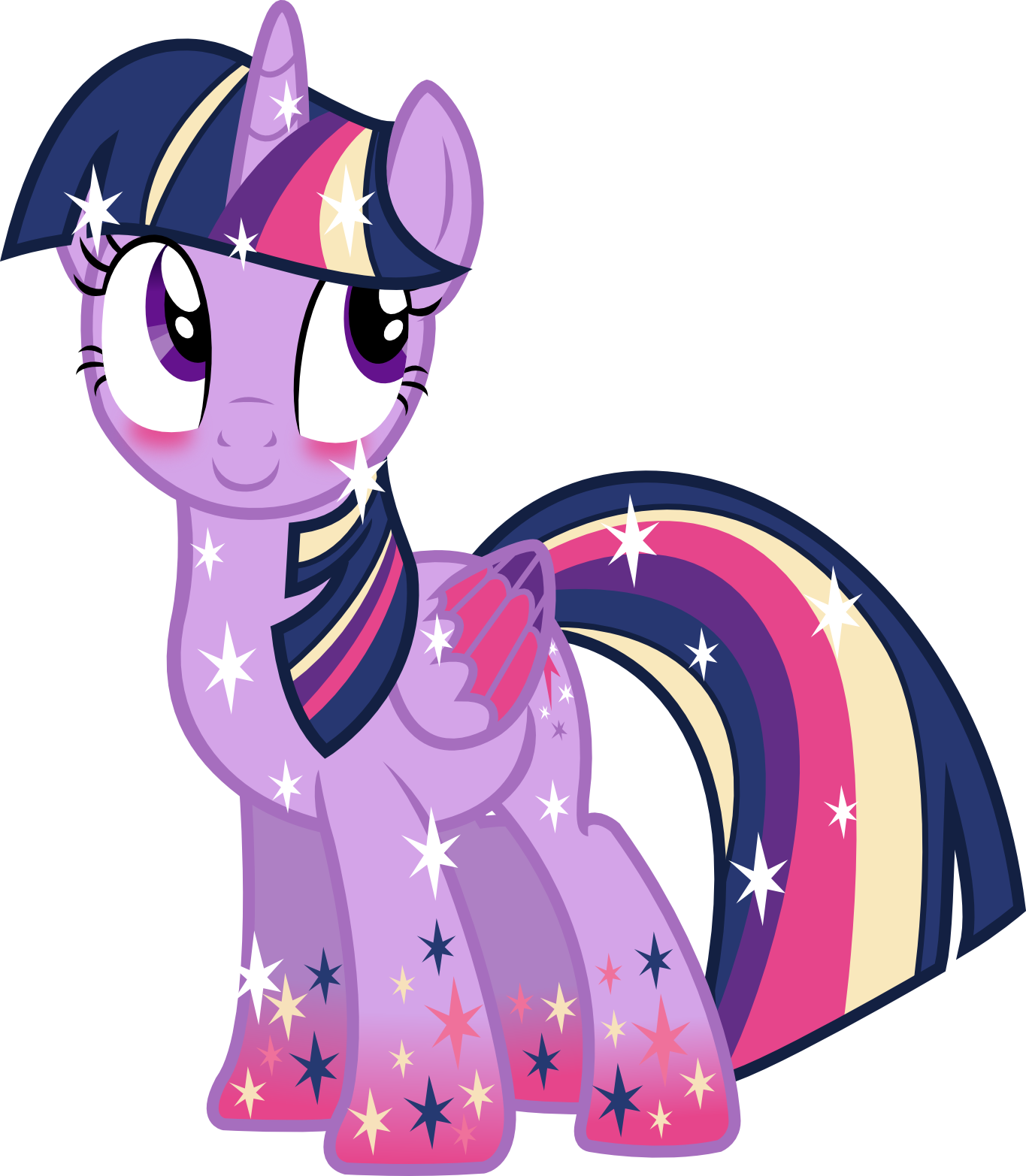
.jpg)








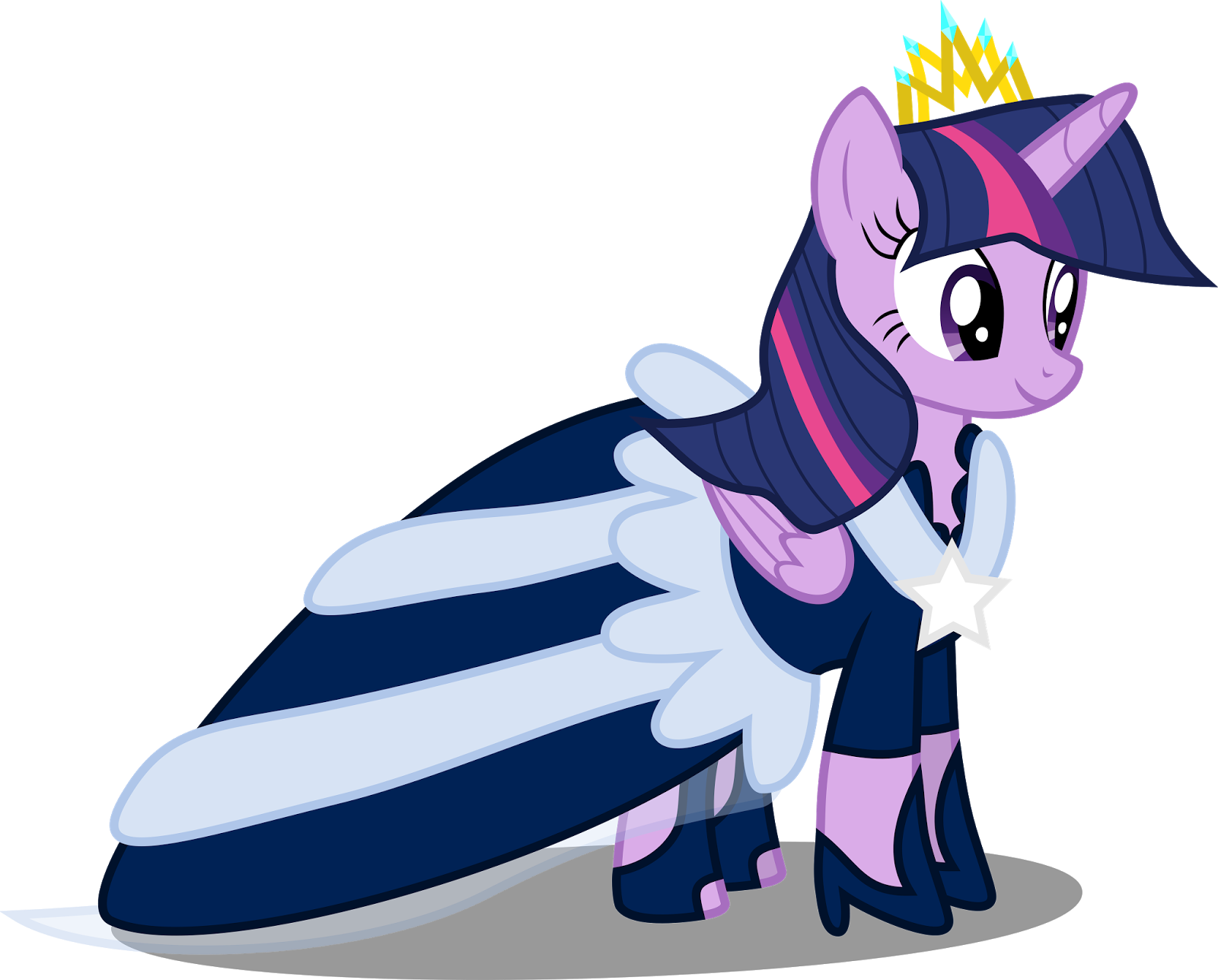

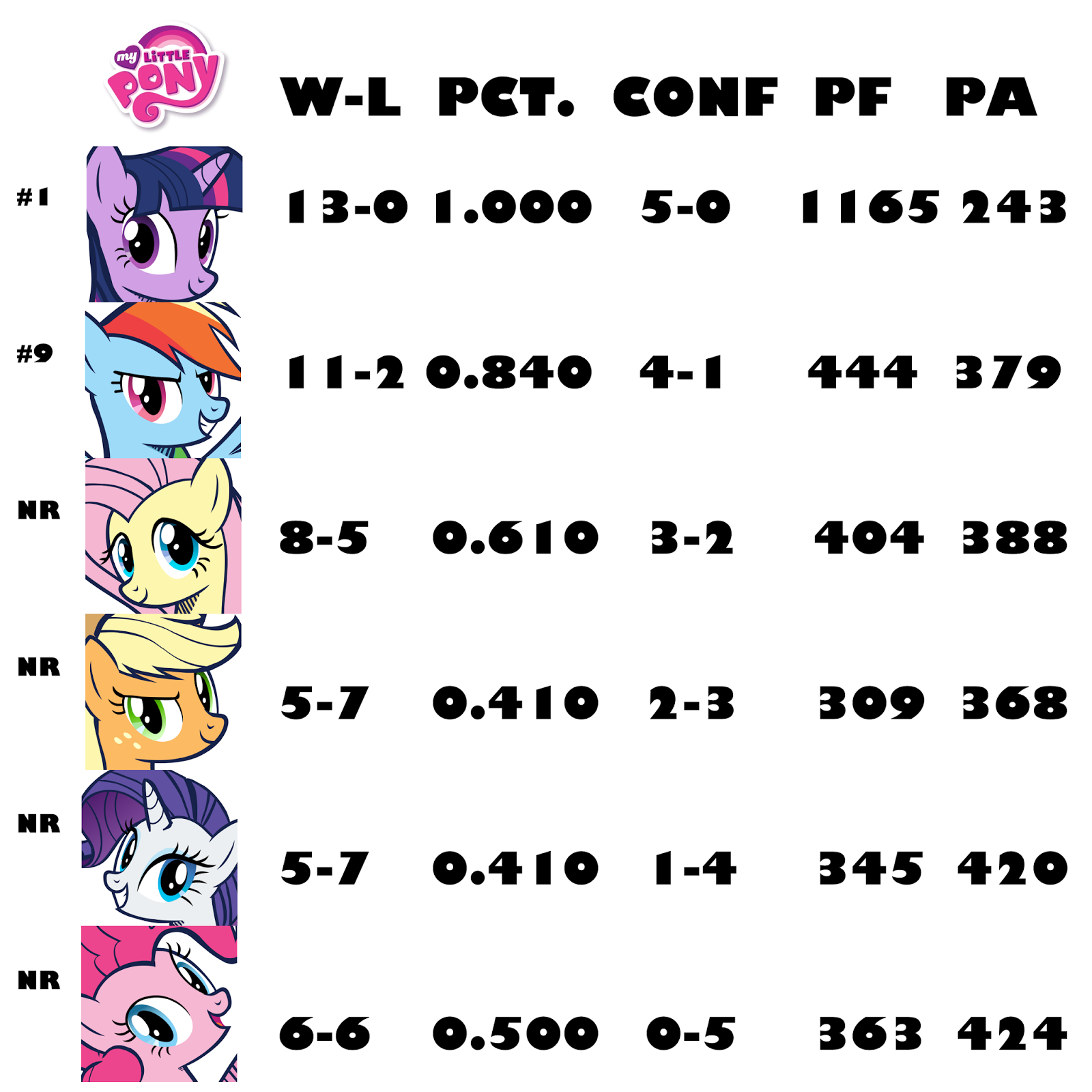




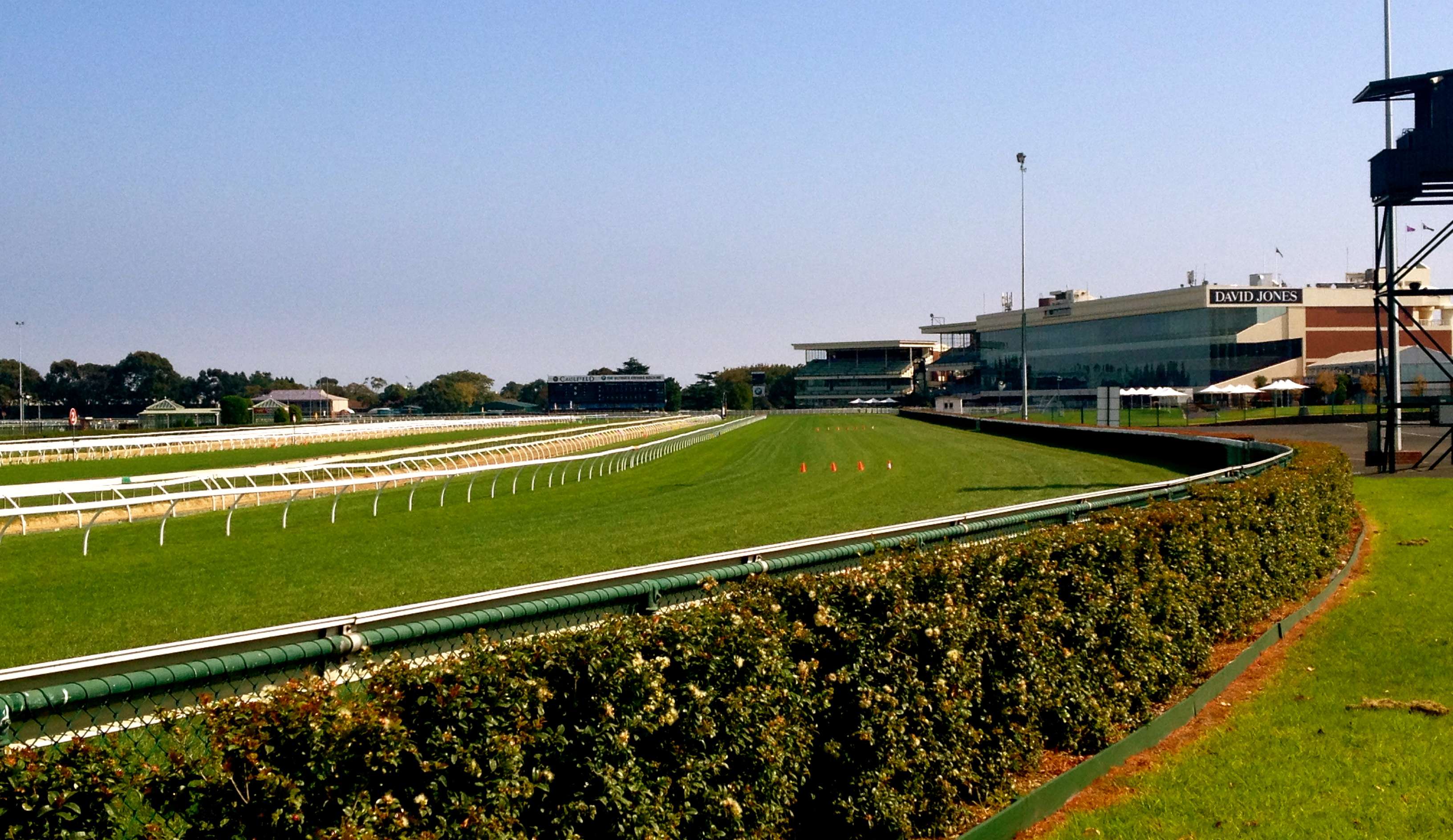

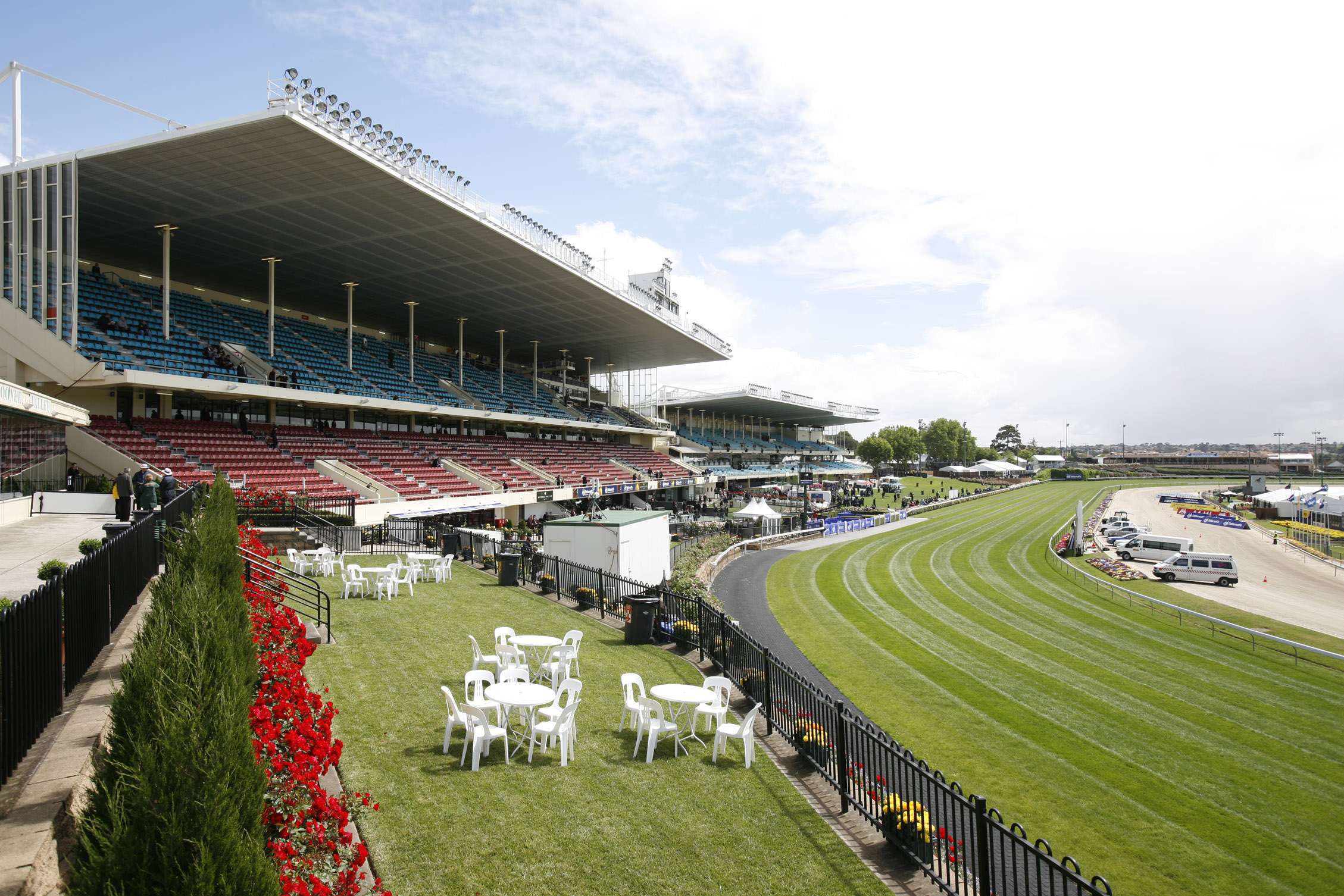

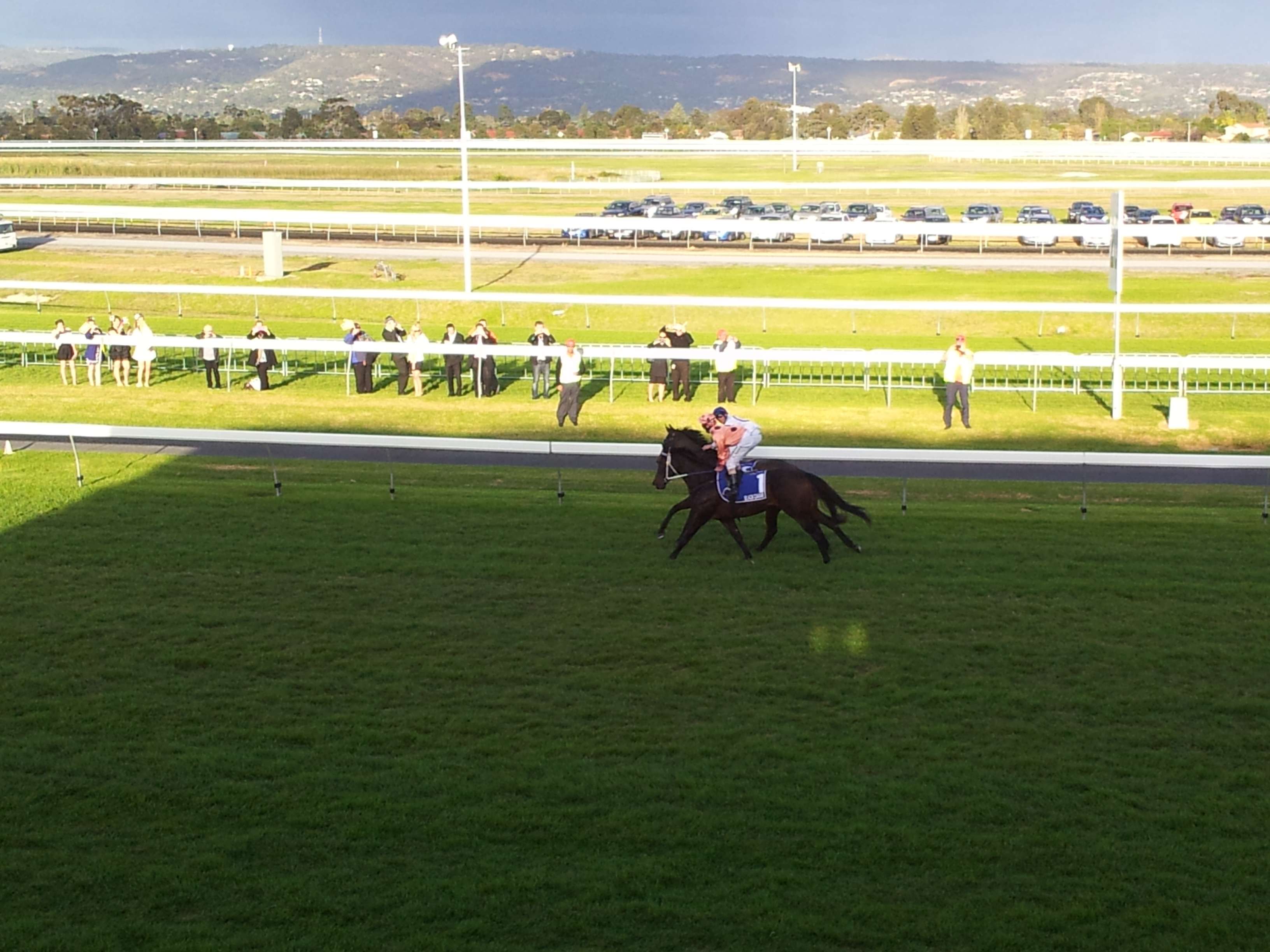





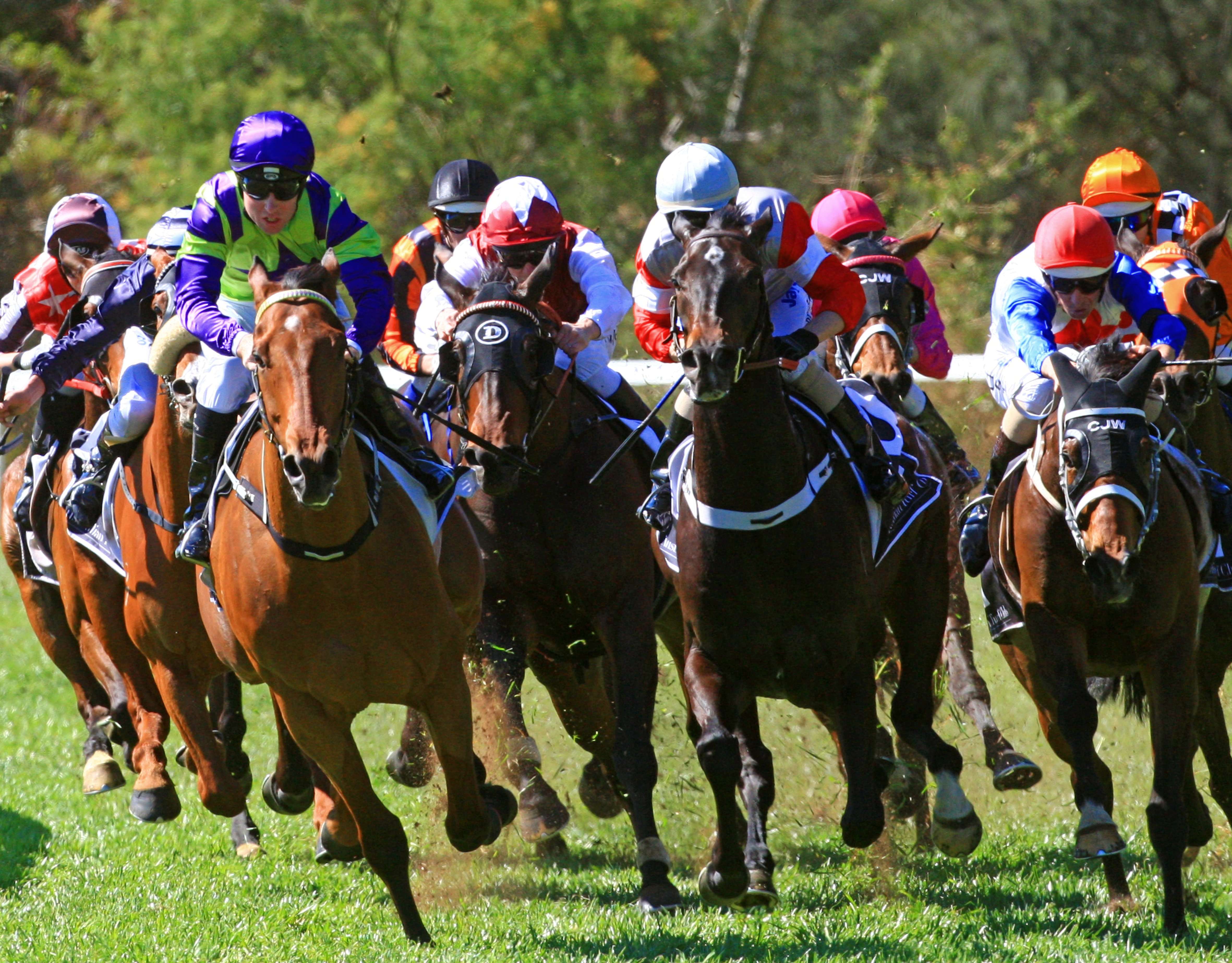

.jpg)
